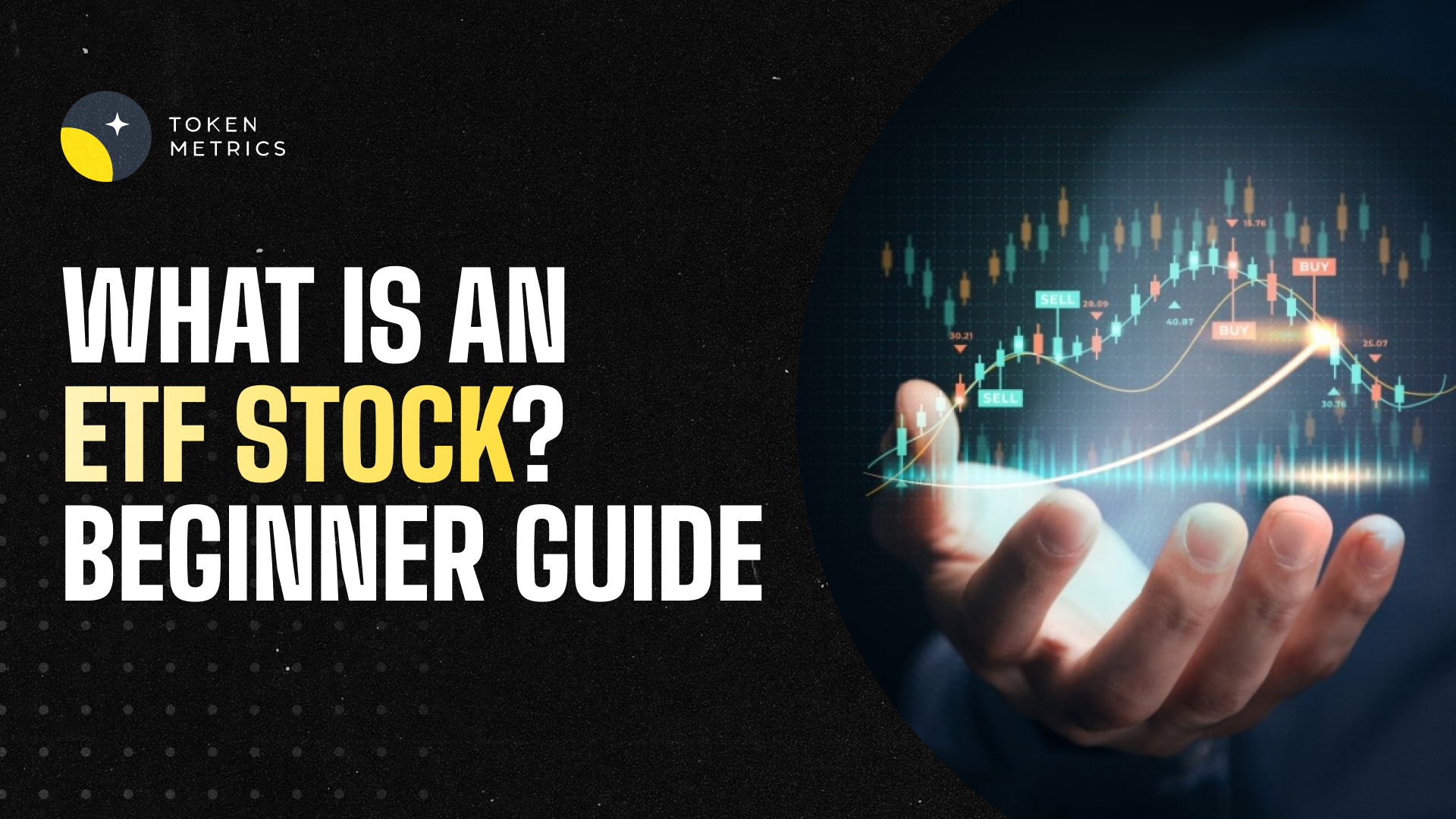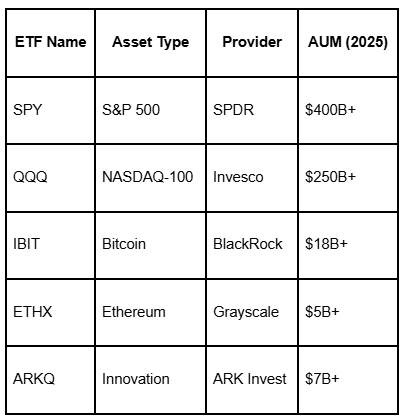Exploring Free Crypto APIs for Developers and Analysts

Introduction to Free Crypto APIs
In the rapidly evolving world of cryptocurrencies, accessing reliable and current data is crucial for developers, analysts, and enthusiasts looking to build applications or conduct research. A cryptocurrency application programming interface (API) serves as a vital bridge, allowing users to retrieve blockchain and market data programmatically. While many crypto APIs charge fees, several free options provide substantial functionality for various use cases.
Understanding the scope, strengths, and limitations of these free crypto APIs can empower informed decisions in selecting tools that best match project requirements.
What Is a Crypto API?
A crypto API grants programmatic access to diverse cryptocurrency data sets, including real-time prices, historical market trends, blockchain transactions, and token metrics. These interfaces are designed for ease of integration, enabling developers to incorporate crypto data into websites, mobile apps, analytical platforms, or trading engines.
For enhanced capabilities, users can explore the Token Metrics API by Token Metrics, which offers an AI-powered approach to cryptocurrency data analysis and access.
Key Features of Free Crypto APIs
Free cryptocurrency APIs typically offer features tailored toward basic to intermediate usage. Common features include:
- Price Data: Real-time and historical market prices across multiple exchanges.
- Market Metrics: Volume, market capitalization, and circulating supply info.
- Blockchain Data: Access to block height, transaction details, and wallet balances on supported chains.
- Token Information: Metadata such as token descriptions, images, and contract addresses.
However, free plans may impose rate limits, reduced endpoints, or delayed data feeds compared to premium versions.
Popular Free Crypto APIs in the Market
Several platforms provide free tiers with robust crypto data access. Some well-known free crypto APIs include:
- CoinGecko API: Popular for extensive coin listings, historical prices, and decentralized finance (DeFi) data with a generous free tier.
- CoinMarketCap API: Offers a free plan with limited calls per minute and essential market metrics.
- CryptoCompare API: Provides real-time and historical data along with social metrics; free access requires registration.
- Binance API: Ideal for those interested in live exchange data and executing orders on the Binance trading platform. Learn more about crypto trading platforms at Token Metrics.
For users seeking highly advanced analytics and AI-backed signals, Token Metrics offers an optimized environment accessible through its best crypto API.
Advantages and Limitations of Using Free Crypto APIs
While free crypto APIs lower the barrier to entry, it's important to recognize their advantages and constraints.
- Advantages:
- Accessible for developers and researchers with limited budgets.
- Facilitates experimentation and prototype development.
- Often accompanied by documentation and community support.
- Limitations:
- Rate limits restricting the number of requests per minute or day.
- Potential delays in real-time data updates.
- Limited support for complex or niche datasets, like advanced token metrics.
- Data reliability depends on the API provider's infrastructure and sources.
How to Choose the Right Free Crypto API for Your Project
Selection depends on specific project needs. Consider the following:
- Data Requirements: Identify if you need only pricing, blockchain data, or detailed token fundamentals.
- Frequency of Data Updates: Projects requiring near real-time data may need APIs with minimal latency.
- Rate Limits and Quotas: Assess usage volume and whether free quotas are sufficient.
- Documentation and Community Support: Well-documented APIs reduce development time.
- Scalability: Potential to upgrade to paid plans for enhanced features if project grows.
Advanced users interested in comprehensive research tools can explore Token Metrics for deeper market and token ratings.
Leveraging AI in Crypto API Data Analysis
Artificial intelligence and machine learning are increasingly used to analyze complex crypto market data, uncover patterns, and generate actionable insights. APIs incorporating AI methods can augment traditional metrics with:
- Predictive analytics based on historical price movements.
- Sentiment analysis from social media and news feeds.
- Automated risk assessment models.
Token Metrics specializes in AI-backed crypto research, offering APIs that enhance data interpretation beyond raw numbers.
Best Practices for Using Free Crypto APIs
To maximize the effectiveness of free crypto API resources, consider:
- Throttle Requests: Respect rate limits by efficiently managing API calls.
- Cache Data: Store frequently accessed data locally to reduce API calls and enhance speed.
- Monitor API Status: Use status endpoints or community forums to stay informed about outages.
- Secure Your API Keys: If API keys are required, protect them to prevent unauthorized use.
Incorporating these practices helps maintain application stability and reliability.
Conclusion, Summary, and Resources
Free crypto APIs present accessible ways to tap into valuable cryptocurrency market and blockchain data. Although there are certain limitations, many free APIs suffice for educational projects, basic analytics, and small-scale applications.
For users seeking a sophisticated solution, Token Metrics provides a comprehensive API with AI-enhanced token metrics and market analysis, bridging the gap between raw data and actionable intelligence.
Invest time in evaluating data needs, API reliability, and support resources to select the best fit. Helpful platforms include:
- Token Metrics API
- Token Metrics crypto trading platform
- Token Metrics token ratings
Disclaimer
This article is for educational and informational purposes only. It does not constitute financial advice or recommendations. Users should conduct their own research and consult professionals before making any financial decisions.
Create Your Free Token Metrics Account

.png)




%201.svg)
%201.svg)


%201.svg)



%201%20(1).png)




.png)














.svg)




.png)